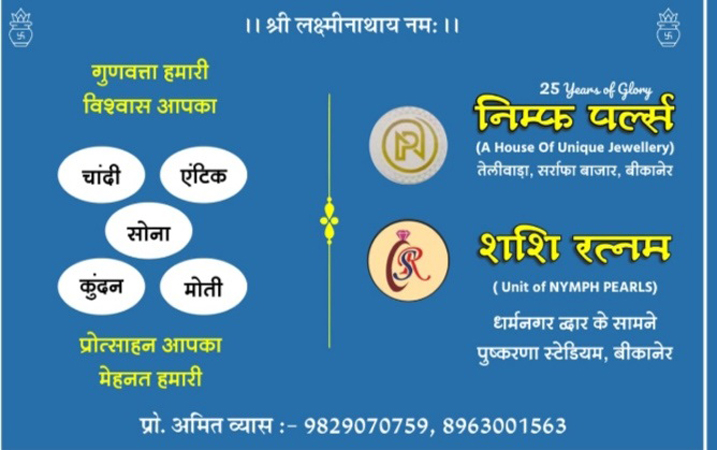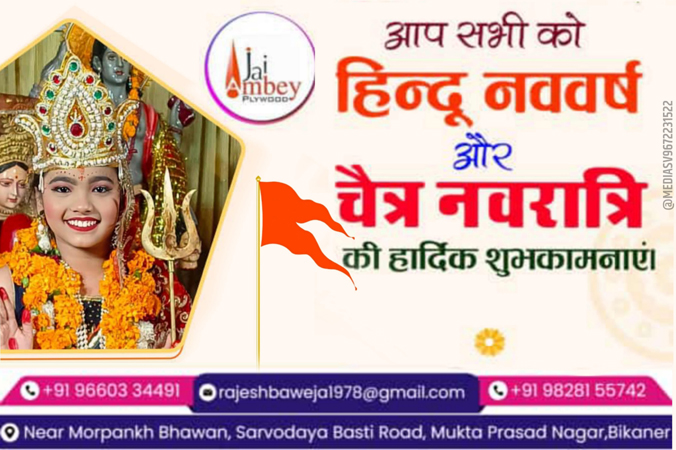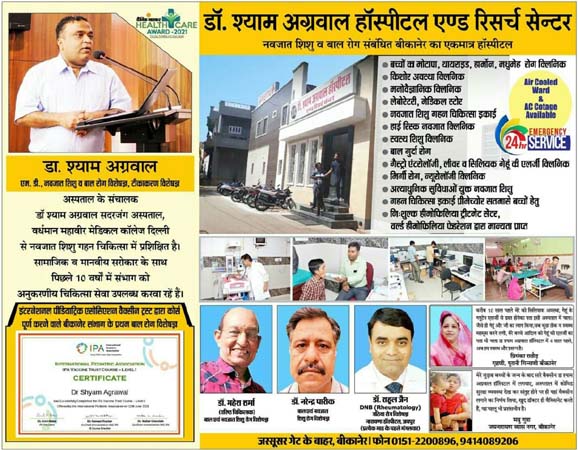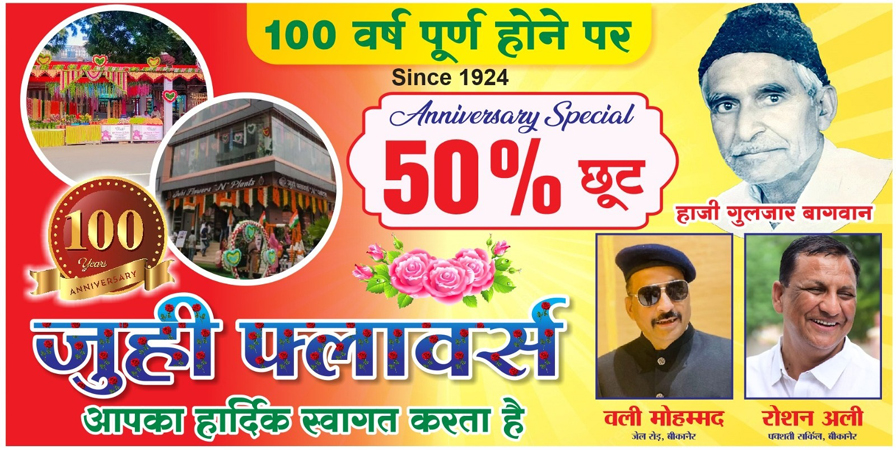











History
Bikaner, before the 15th century, was known by the name of Jangladesh and was under the rule of Rajputs. In 1486, Rao Bika, a Rajput ruler, built this place. The place where Rao Bika wanted to build it belonged to a Nehra Jat who got ready to give the land to the king, only if the name of the place would be linked to his name, to which the king agreed. Hence, the name of the place was kept Bikaner. bikaner.rajasthan.gov.in
Rao Bika, being the first son of Rao Jodha, wanted to build his own kingdom and hence, built the present day Bikaner. Since Bikaner was in the middle of the Thar desert, it served as an oasis and was on the trade route between Gujarat coast and Central Asia.
Bika also built a fort in this region in 1478 AD. The fort is famous by the name of Junagarh Fort.
After Rao Bika, the major development that happened in Bikaner was under the rule of Raja Rai Singh who ruled from 1571 AD to 1611 AD. Raja Rai Singh won many wars including one which was to conquer the Mewar Kingdom and got rewards from the Mughal emperors including Gujarat and Burhanpur. Rai Singh rebuilt the Junagarh fort (Chintamani Durg) on an elevation of 760 feet.
Maharaja Karan Singh ruled at this place from 1631 AD till 1639 AD and built the Karan Mahal Palace. The palace was modified later by the succeeding rulers.
Maharaja Anup Singh ruled from 1669 AD till 1698 AD and added a ‘Zanana’ quarter to the palace, which was a dwelling for the ladies of the royal family. Karan Mahal was refurbished into ‘Deewan-e-Aam’ by Anup Singh and was renamed Anup Mahal.
Chandra Mahal was renovated by Maharaja Gaj Singh who ruled from 1746 AD till 1787 AD.
In 1818, during the rule of Maharaja Surat Singh, Bikaner came under the rule of the British. After that, a lot of money was invested in renovating the Junagarh Fort.
Badal Mahal was built by Maharaja Dungar Singh in 1872 AD. Maharaja Ganga Singh, who was one of the favourite princes of the British Viceroys, built the famous Ganga Mahal and Ganga Niwas Palace. This palace was designed by Sir Samuel Jacob. He named this palace ‘Lalgarh Palace’ and shifted his royal residence from Junagarh to Lalgarh.
Historical Events
Bikaner, before the 15th century, was known by the name of Jangladesh and was under the rule of Rajputs. In 1486, Rao Bika, a Rajput ruler, built this place. The place where Rao Bika wanted to build it belonged to a Nehra Jat who got ready to give the land to the king, only if the name of the place would be linked to his name, to which the king agreed. Hence, the name of the place was kept Bikaner.
Rao Bika, being the first son of Rao Jodha, wanted to build his own kingdom and hence, built the present day Bikaner. Since Bikaner was in the middle of the Thar desert, it served as an oasis and was on the trade route between Gujarat coast and Central Asia.
Bika also built a fort in this region in 1478 AD. The fort is famous by the name of Junagarh Fort.
After Rao Bika, the major development that happened in Bikaner was under the rule of Raja Rai Singh who ruled from 1571 AD to 1611 AD. Raja Rai Singh won many wars including one which was to conquer the Mewar Kingdom and got rewards from the Mughal emperors including Gujarat and Burhanpur. Rai Singh rebuilt the Junagarh fort (Chintamani Durg) on an elevation of 760 feet.
Maharaja Karan Singh ruled at this place from 1631 AD till 1639 AD and built the Karan Mahal Palace. The palace was modified later by the succeeding rulers.
Maharaja Anup Singh ruled from 1669 AD till 1698 AD and added a ‘Zanana’ quarter to the palace, which was a dwelling for the ladies of the royal family. Karan Mahal was refurbished into Deewan-e-Aam by Anup Singh and was renamed Anup Mahal.
Chandra Mahal was renovated by Maharaja Gaj Singh who ruled from 1746 AD till 1787 AD.
In 1818, during the rule of Maharaja Surat Singh, Bikaner came under the rule of the British. After that, a lot of money was invested in renovating the Junagarh Fort.
Badal Mahal was built by Maharaja Dungar Singh in 1872 AD. Maharaja Ganga Singh, who was one of the favourite princes of the British Viceroys, built the famous Ganga Mahal and Ganga Niwas Palace. This palace was designed by Sir Samuel Jacob. He named this palace Lalgarh Palace and shifted his royal residence from Junagarh to Lalgarh.
Sadul Singh, Ganga Singh’s son, took over the empire in 1943 AD. He acceded the State to the Union of India in 1949. The royal family still resides in Lalgarh, while the palace has now been converted into a heritage hotel.
















